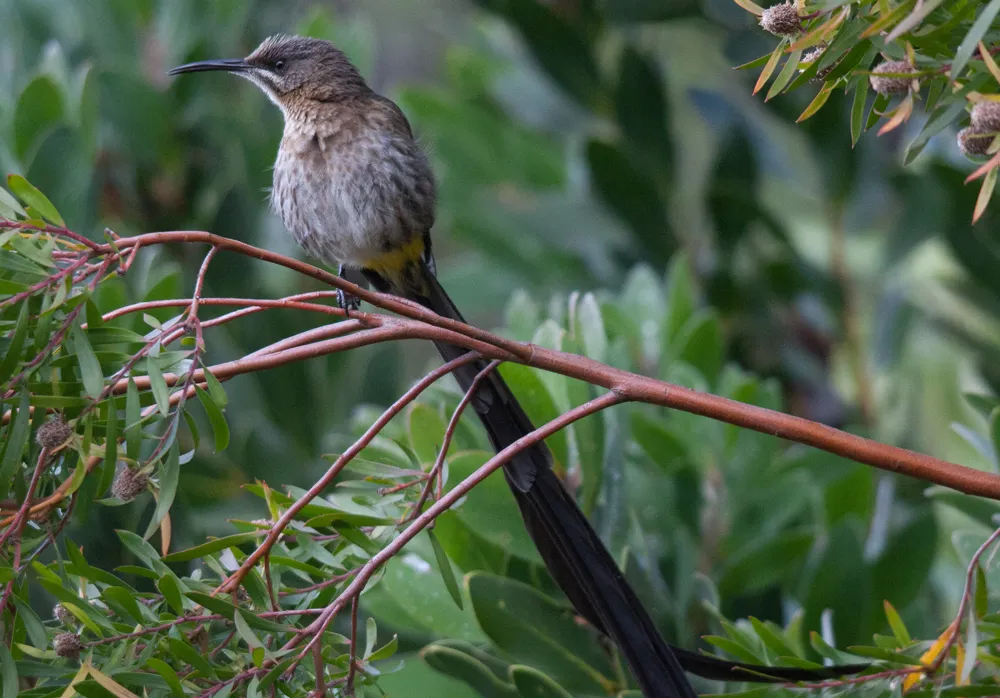Citation

Overview
It is important for birds to maintain their plumage in good condition, something that is facilitated by the periodic moulting of their feathers. However, moulting feathers is energetically costly and can also compromise an individual’s ability to forage and avoid predators. Because of this, the timing of feather moult needs to be balanced against the demands imposed by other key events, such as breeding and migration.
In more detail
Researchers seeking to understand moult in the context of these other events need robust measures of moult duration and timing. Moult data collected by bird ringers and other researchers require specialised statistical models. These models have revolutionised the study of moult in the context of birds’ annual cycles. However, they are vulnerable to imperfect moult data, arising, for example, from non-random sampling and/or the misclassification of non-moulting birds. The models can also struggle with species where moult periods extend over long periods of time and beyond an annual cycle.
Recent BTO research has provided statistical extensions to moult models which can address these challenges. This paper uses ringing data from Cape Weavers and Cape Sugarbirds which could not be analysed with existing statistical models, and demonstrates how the new extended models allow the estimation of moult timing and duration.
Abstract
The Underhill–Zucchini model has revolutionised the study of moult in the context of birds’ annual cycles, but, as for all statistical models, inferences are vulnerable to violations of model assumptions. In particular, the standard Underhill–Zucchini models for moult phenology are vulnerable to imperfect moult data arising, for example, from non-random sampling and/or the misclassification of non-moulting birds. Similarly, inference is challenging for species with dispersed moult periods (population-level moult extending beyond an annual cycle). Using ringing data from Cape Weavers Ploceus capensis and SAFRING data for Cape Sugarbirds Promerops cafer, we demonstrate how recent extensions to the Underhill–Zucchini framework can help the robust estimation of moult parameters in such situations, in particular when within-season recapture data is available.
